_20211105135135.jpg)
Understanding the cost impacts of your lease
When you look at fixed costs of occupancy on a cash basis (that is, removing depreciation), around 80 cents in the dollar will be spent on Gross Rent - your rent including outgoings. So, understanding the financial cost of your lease obligations is essential for sound financial management.
There are five key commercial areas in a lease that will impact your cashflow.
Each of these elements can be a detailed topic, and this note is only intended as a simple overview. You should take advice relating to your specific circumstances from a qualified legal practitioner.
Tenure
Let’s start with tenure – What is the certain term of your lease and what are your obligations at lease expiry. If you have options to extend the term, how many, for how long and what is the date for exercising the option(s). Remember longer lease terms should increase your bargaining power, result in a lower initial rent, and enable you to depreciate your fitout costs over a longer period but will reduce your flexibility to increase, shrink, or hand back your tenancy.
Rent
When it comes to rent – You should recognise and understand the differences between net rent, face rent, passing rent, and market rent. Net and face rents differ because the face rent includes the value of an incentive offered at the commencement of your lease, the passing rent is the rent you’re currently paying and the market rent is as it sounds.
Changes in rent can occur in two pre-agreed ways. Fixed increases and/or reviews to the market rent. A market review clause is usually included in longer term agreements and is used because fixed or CPI linked increases do not necessarily align with increases in property values and to differentiate a property investment from an investment in bonds.
Depending on the nature of your occupancy and specific lease agreement, it is possible for a rent to reduce at a market review. Generally, however, leases contain a rachet clause to ensure this will not occur. In any event, a market review is a critical date and you should carefully track the relevant dates for a market review (if any) and the process for undertaking the review and dealing with disputes.
Outgoings
Outgoings – are generally divided into statutory and variable. Increases in variable outgoings should be based on actual increases not fixed or tied to CPI. In some instances, they can be capped. Statutory outgoings are actual as it is unreasonable for either party to take a risk in an area they cannot control. Council Rates and State Land Tax estimated values should be checked for accuracy and challenged, if necessary.
Repair, replace, redecorate
In addition to these standard commercial terms, you should check the lease to establish your liability for other obligations such as to repair/replace and/or decorate during the term.
Makegood
At the end of your lease, there may be a requirement to makegood. If the lease includes this provision (and sometimes it is ‘negotiated out’ of the agreement, the tenant must return the premises to their landlord in a similar condition to when they moved in.
Sounds simple, but it’s often an area for dispute. Be clear of the cost implications of your decision.
It’s important to see each element as part of the whole. A change in one element can impact the others. It won’t always. But it could. A lease is simply an agreement between the parties, but, before you sign, make sure you understand the costs, timings, and value of your agreement.
Let us know what you think about this insights article
